Hermann’s Tortoise
- April 2, 2024
- 0 comment
Hermann’s Tortoise, scientifically known as Testudo hermanni, is a captivating reptile species native to the Mediterranean region. Renowned for its striking appearance and gentle demeanor, this tortoise species has become a favorite among reptile enthusiasts and conservationists alike. With its domed carapace adorned with intricate patterns and hues of brown, yellow, and black, Hermann’s Tortoise stands out as a symbol of resilience in its natural habitat of grasslands, scrublands, and rocky hillsides.
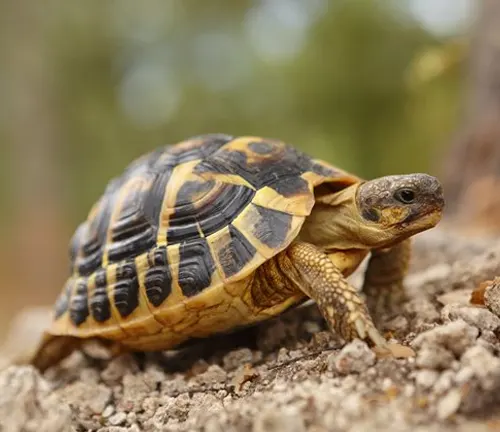
Despite facing threats such as habitat loss and illegal collection for the exotic pet trade, efforts are underway to protect and preserve this iconic species, ensuring its continued presence in the wild for future generations to admire and appreciate.
| Specification | Description |
|---|---|
| Scientific Name | Testudo hermanni |
| Common Name | Hermann’s Tortoise |
| Size | 6 to 8 inches in length |
| Weight | Approximately 1 to 2 kilograms |
| Shell Structure | Domed carapace with intricate patterns |
| Coloration | Varied hues of brown, yellow, and black |
| Habitat | Mediterranean region; grasslands, scrublands, rocky hillsides |
| Diet | Vegetation including grasses, weeds, leafy greens, fruits, and flowers |
| Activity Pattern | Diurnal (active during the day) |
| Lifespan | Several decades with proper care |
| Conservation Status | Vulnerable due to habitat loss and illegal collection |
| Legal Status | Protected in many countries; regulations on ownership and trade |
| Threats | Habitat loss, predation, illegal collection |
| Conservation Efforts | Habitat restoration, captive breeding programs, public education |
Hermann’s Tortoise: A Fascinating Reptile
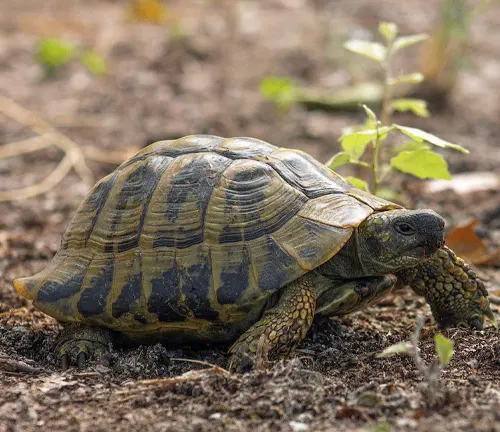
Hermann’s tortoise (Testudo hermanni) is a captivating reptile species belonging to the family Testudinidae. Renowned for its distinctive appearance and intriguing behavior, this species has garnered widespread interest among reptile enthusiasts and conservationists alike. Let’s delve into the world of Hermann’s tortoise, exploring its unique characteristics, habitat, behavior, conservation status, and more.
Physical Characteristics
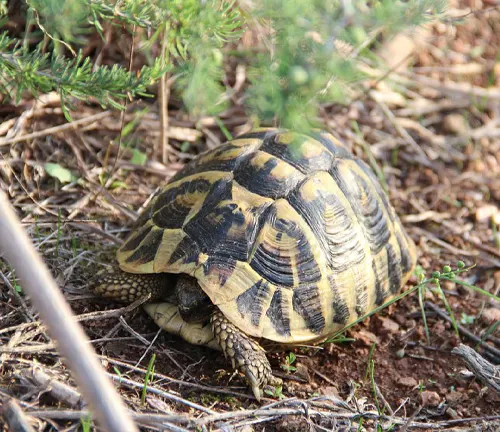

Size
Size refers to the dimensions or magnitude of an organism’s body or body parts. It can vary significantly within and among species, influencing aspects such as locomotion, reproduction, and resource acquisition.
Shape
Shape pertains to the overall form or outline of an organism’s body, including its proportions and structural arrangements. Different shapes may confer advantages in terms of efficiency, agility, and predator avoidance.
Color
Coloration encompasses the pigmentation patterns and hues present in an organism’s skin, fur, feathers, or scales. It serves various functions, including camouflage, communication, and thermoregulation, and can vary seasonally or in response to environmental stimuli.
Texture
Texture refers to the surface quality or feel of an organism’s integumentary structures, such as skin, fur, or scales. It can range from smooth and sleek to rough and scaly, providing tactile feedback and protection against abrasion or predation.
Habitat and Distribution
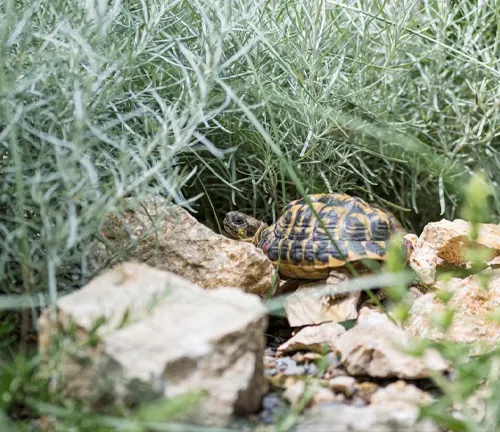
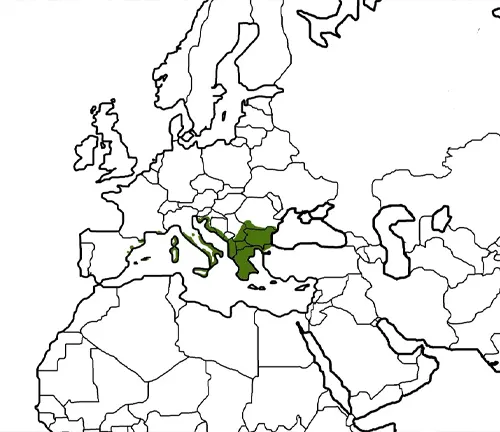
Habitat and distribution are crucial aspects of understanding the ecological niche and geographic range of a species. For Hermann’s Tortoise (Testudo hermanni), these factors play a significant role in determining its survival and conservation status.
Natural Habitat
Hermann’s Tortoise is primarily found in the Mediterranean region, where it inhabits a variety of habitats, including grasslands, scrublands, and rocky hillsides. These tortoises are well adapted to dry and arid environments, often seeking shelter under rocks or in burrows to escape extreme temperatures.
Geographic Range
The geographic range of Hermann’s Tortoise extends across southern Europe, including countries such as Spain, Italy, Greece, and parts of France. It is also present in North Africa, particularly in regions of Tunisia and Algeria. Within these areas, Hermann’s Tortoise occupies specific microhabitats that offer suitable food, shelter, and nesting sites.
Behavior and Diet

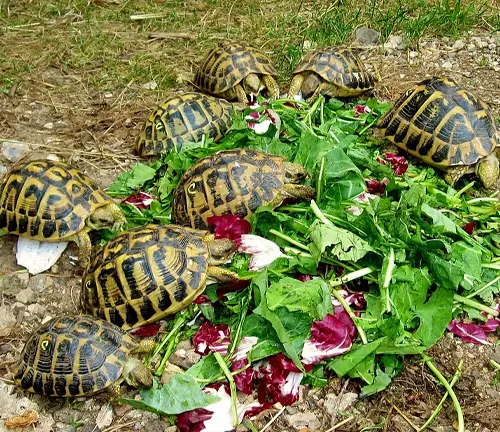
Understanding the behavior and diet of Hermann’s Tortoise (Testudo hermanni) is essential for providing appropriate care in captivity and implementing effective conservation measures in the wild.
Activity Patterns
Hermann’s Tortoise is a diurnal species, meaning it is most active during the day. In the wild, these tortoises can often be observed foraging for food, basking in the sun to regulate their body temperature, and engaging in social interactions with conspecifics, especially during the mating season.
Feeding Habits
The diet of Hermann’s Tortoise primarily consists of vegetation, including grasses, weeds, and leafy greens. They are also known to consume fruits, flowers, and occasional protein sources such as insects or carrion. In captivity, a diet rich in fiber and low in protein and fat is essential for maintaining their health and well-being.
Reproduction Behavior
During the breeding season, which typically occurs in spring or early summer, male Hermann’s Tortoises engage in elaborate courtship rituals to attract females. These rituals may involve head bobbing, circling, and vocalizations. Once mating occurs, females seek out suitable nesting sites to deposit their eggs, typically in sandy soil or loose substrate.
Threats and Conservation Efforts
Understanding the threats facing Hermann’s Tortoise (Testudo hermanni) and implementing effective conservation measures are crucial for ensuring the long-term survival of this iconic reptile species.
Human-related Threats
Hermann’s Tortoise faces numerous threats from human activities, including habitat loss, fragmentation, and degradation due to urbanization, agriculture, and infrastructure development. Deforestation, land conversion for agriculture, and the expansion of human settlements encroach upon the tortoise’s natural habitat, reducing available resources and increasing the risk of habitat destruction.
Illegal Collection and Trade
Another significant threat to Hermann’s Tortoise is illegal collection for the pet trade. Despite legal protections in many countries, illegal trafficking of tortoises continues to occur, driven by demand from the exotic pet market. Poaching of wild populations for the illegal pet trade further diminishes already vulnerable populations, putting additional pressure on wild populations.
Predation and Competition
Hermann’s Tortoise is susceptible to predation by introduced species such as rats, dogs, and invasive predators. Predation pressure can be particularly severe for tortoise hatchlings and juveniles, which are vulnerable to predation while they are small and defenseless. Additionally, competition for resources with invasive species can further exacerbate the threats facing Hermann’s Tortoise in its natural habitat.
Conservation Measures
To address these threats and protect Hermann’s Tortoise and its habitat, conservation efforts are underway across its range. These efforts include:
- Habitat Restoration: Initiatives aimed at restoring degraded habitats and creating protected areas where Hermann’s Tortoise populations can thrive.
- Captive Breeding Programs: Captive breeding programs are established to breed and reintroduce Hermann’s Tortoises into the wild, supplementing natural populations and ensuring genetic diversity.
- Public Awareness and Education: Educational campaigns aimed at raising awareness about the importance of conserving Hermann’s Tortoise and its habitat, as well as the consequences of illegal collection and trade.
- Law Enforcement: Strengthening enforcement of wildlife protection laws and regulations to combat illegal trafficking and ensure the legal protection of Hermann’s Tortoise and other endangered species.
Interaction with Humans
The interaction between Hermann’s Tortoise (Testudo hermanni) and humans has both positive and negative aspects, influencing the conservation and well-being of this iconic reptile species.


Positive Interactions
Education and Awareness
Many conservation organizations and wildlife enthusiasts actively engage in educational initiatives to raise awareness about the importance of conserving Hermann’s Tortoise and its habitat. Educational programs, school visits, and public outreach events help inform people about the ecological role of tortoises and the threats they face, fostering a sense of responsibility towards their conservation.
Ecotourism Opportunities
In regions where Hermann’s Tortoise populations are found, ecotourism initiatives offer opportunities for people to observe these fascinating reptiles in their natural habitat. Guided tours, nature reserves, and wildlife sanctuaries provide visitors with memorable experiences while generating revenue for local communities and supporting conservation efforts.
Citizen Science Projects
Citizen science projects encourage members of the public to contribute to scientific research and monitoring efforts related to Hermann’s Tortoise. By reporting sightings, recording data, and participating in field surveys, volunteers play a valuable role in gathering information about tortoise populations, distribution patterns, and habitat preferences, aiding in conservation planning and management.
Negative Interactions
Habitat Destruction and Fragmentation
Human activities such as urbanization, agriculture, and infrastructure development result in habitat loss and fragmentation, posing a significant threat to Hermann’s Tortoise populations. Deforestation, road construction, and land conversion degrade and destroy the tortoise’s natural habitat, reducing available resources and increasing the risk of population decline and local extinctions.
Illegal Collection and Trade
Despite legal protections in place, Hermann’s Tortoise is still subjected to illegal collection and trade for the exotic pet market. Poaching of wild populations for the pet trade not only diminishes already vulnerable populations but also disrupts natural breeding and population dynamics, posing a serious threat to the species’ long-term survival.
Human Disturbance
Human presence and activities in tortoise habitats can disturb and disrupt natural behaviors, leading to stress, displacement, and reduced reproductive success. Recreational activities, off-road vehicle use, and irresponsible behavior near tortoise habitats can result in habitat degradation and disturbance, further impacting tortoise populations.
Mitigation Measures
To minimize negative interactions and promote harmonious coexistence between Hermann’s Tortoise and humans, several mitigation measures can be implemented:
- Habitat Conservation: Protecting and preserving natural habitats through habitat restoration, creation of protected areas, and land-use planning.
- Enforcement of Laws: Strengthening enforcement of wildlife protection laws and regulations to deter illegal collection and trade of tortoises.
- Community Engagement: Involving local communities in conservation efforts through education, awareness, and sustainable livelihood opportunities.
- Visitor Education: Educating visitors about responsible behavior and conservation ethics when visiting tortoise habitats to minimize disturbance and habitat degradation.
Different Species
Eastern Hermann’s Tortoise
(Testudo hermanni boettgeri)
Also known as the Greek Tortoise, this subspecies is found in eastern regions of the Mediterranean, including Greece, Turkey, and parts of Bulgaria and Albania. It typically has a slightly larger and flatter carapace compared to its western counterpart.
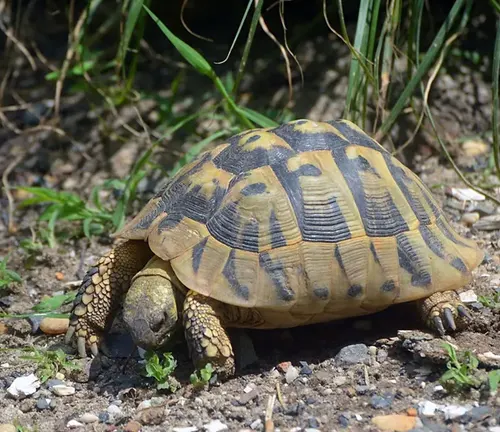
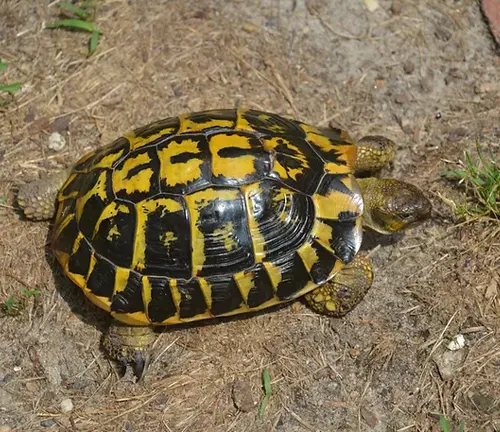
Western Hermann’s Tortoise
(Testudo hermanni hermanni)
This subspecies is native to western Mediterranean regions, including Spain, Italy, southern France, and nearby islands such as Corsica and Sardinia. It is characterized by a more rounded carapace and vibrant coloration.
Frequently Asked Questions (FAQs)
- What do Hermann’s tortoises eat?
Hermann’s tortoises primarily consume vegetation such as grasses, weeds, and leafy greens. They also enjoy fruits and flowers as part of their diet. - How often should Hermann’s tortoises be fed?
Generally, Hermann’s tortoises should be fed daily or every other day, depending on their age, size, and activity level. It’s important not to overfeed them to prevent obesity and health issues. - Do Hermann’s tortoises need special lighting or heating?
Yes, Hermann’s tortoises require access to UVB lighting and a heat source to mimic their natural habitat conditions. UVB light helps them metabolize calcium and maintain healthy shell growth, while a basking spot with temperatures around 90°F (32°C) is essential for thermoregulation. - How often do Hermann’s tortoises need to be soaked or bathed?
Hermann’s tortoises should be soaked in shallow, lukewarm water a few times a week to help them stay hydrated and aid in shedding. Ensure the water level is not too deep, and always supervise them during bathing to prevent drowning. - Can Hermann’s tortoises hibernate?
Yes, Hermann’s tortoises are known to hibernate in the wild and can also be encouraged to hibernate in captivity under controlled conditions. However, hibernation should only be attempted with guidance from a reptile veterinarian to ensure their safety and well-being. - How do you determine the gender of Hermann’s tortoises?
Gender determination in Hermann’s tortoises can be challenging until they reach sexual maturity, which typically occurs around 5 to 7 years of age. Males often have longer tails, concave plastrons, and thicker, longer claws than females. - What kind of habitat setup is suitable for Hermann’s tortoises?
A suitable habitat for Hermann’s tortoises should include a spacious enclosure with access to both indoor and outdoor areas. It should have a substrate of soil or sand, hiding spots, basking areas, UVB lighting, and a shallow water dish for soaking. - Are Hermann’s tortoises social animals?
Hermann’s tortoises are generally solitary animals, but they may tolerate the presence of other tortoises, especially during mating season. However, it’s essential to provide enough space and resources to prevent aggression and territorial disputes. - How do you handle Hermann’s tortoises safely?
When handling Hermann’s tortoises, it’s essential to support their body properly and avoid picking them up by their limbs or shell. Always wash your hands before and after handling to prevent the spread of bacteria. - Are there any legal restrictions on owning Hermann’s tortoises as pets?
Depending on your location, there may be legal regulations regarding the ownership and trade of Hermann’s tortoises. It’s essential to research local laws and obtain any necessary permits or licenses before acquiring one as a pet.


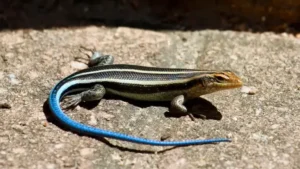

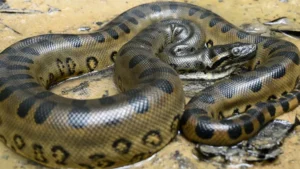
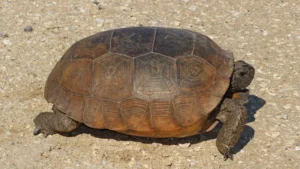

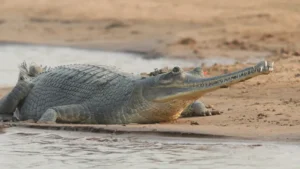
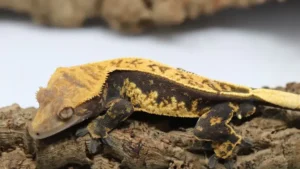
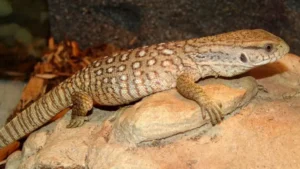

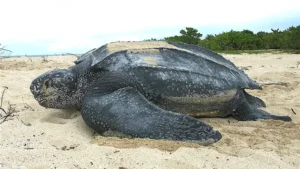
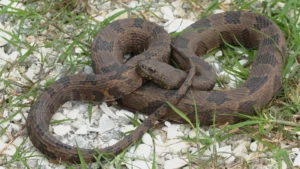

Leave your comment